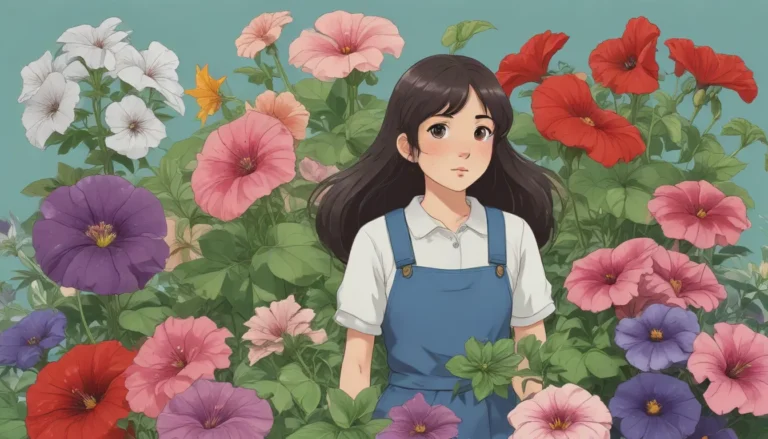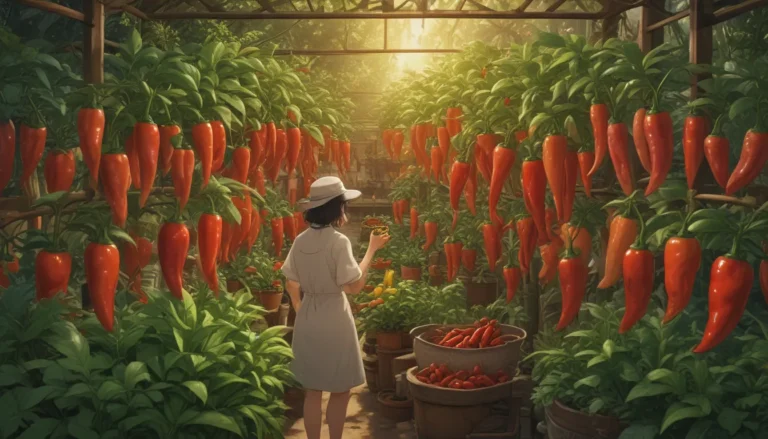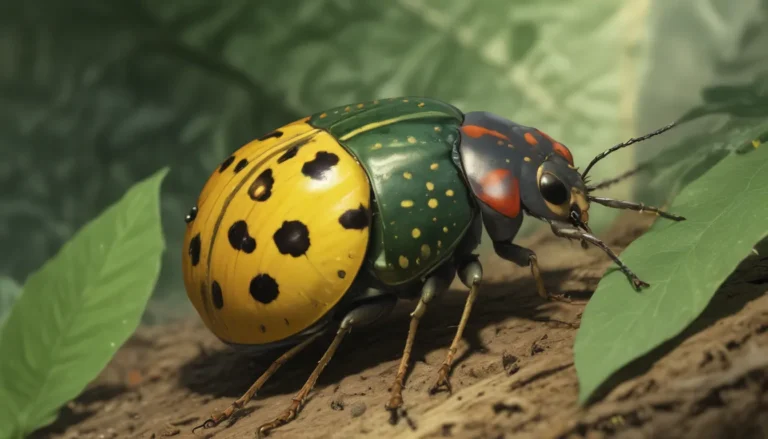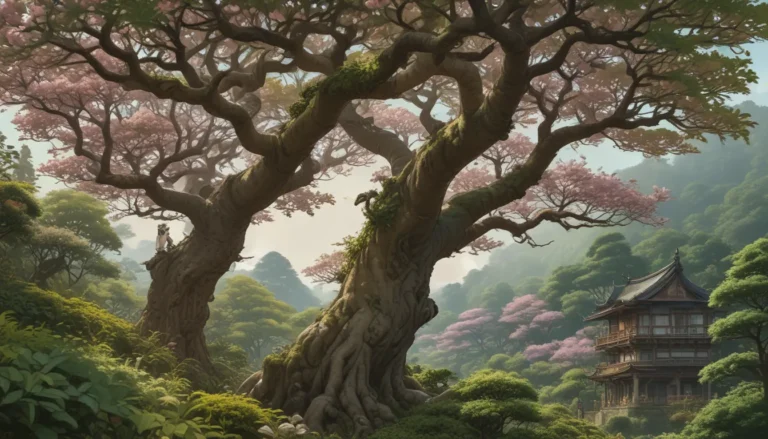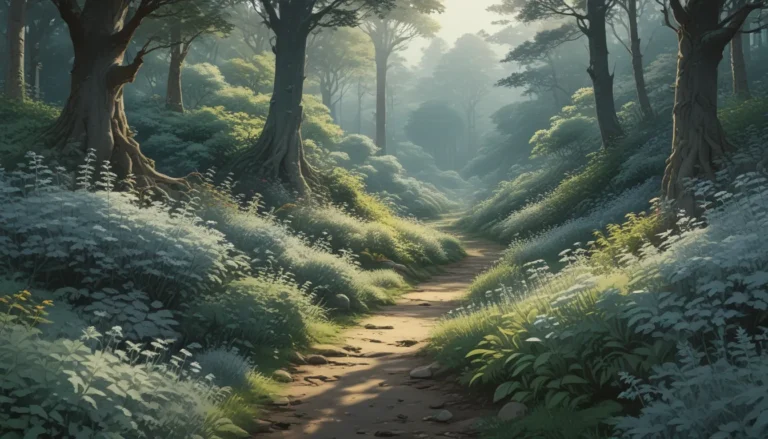The Best Daffodil Cultivars for Naturalized Plantings: A Comprehensive Guide

Are you looking to create a stunning display of daffodils that appear as if they’ve naturally taken over your garden space? If so, choosing the right daffodil cultivars is key to achieving this effortless and gorgeous look.
When selecting varieties for naturalized plantings, it’s essential to opt for daffodils that are known as “good multipliers,” “vigorous,” or “suitable for naturalization.” These cultivars will not only spread on their own but will also provide you with beautiful blooms year after year.
In this article, we’ve curated a list of 15 of the best daffodil cultivars that are perfect for naturalized plantings. From delicate whites to vibrant yellows, oranges, and pinks, these varieties will add a pop of color and charm to your outdoor space.
Key Considerations for Naturalized Plantings:
Before we dive into the list of daffodil cultivars, let’s discuss some key considerations for creating naturalized plantings in your garden.
- Bloom Time: Plan your plantings to ensure a succession of flowers from late winter to early summer.
- Bulb Quantity: Consider how many bulbs you’ll need to create a visually impactful display.
- Layout and Design: Select an area of your landscape that will benefit from the naturalized daffodil plantings.
To learn how to create a naturalized planting of daffodils, with detailed instructions and tips for selecting an ideal planting location and designing your layout, check out our comprehensive guide.
15 of the Best Daffodil Cultivars for Naturalized Plantings
-
Blushing Lady: This jonquil type narcissus features soft, pastel yellow petals with salmon-pink cups. With up to three blossoms per stem, it blooms in late spring.
-
British Gamble: Known for its giant blooms, ‘British Gamble’ boasts white petals with a lemon yellow to coral pink trumpet. It blooms in early to mid-spring.
-
Chromacolor: This striking daffodil features white petals with a large, bright coral-pink cup. Blooming in mid-spring to early summer, it makes a bold statement in any garden.
-
Dutch Master: With yellow petals and a frilly trumpet, ‘Dutch Master’ is a tall plant that blooms in early to mid-spring.
-
February Gold: This cyclamen-flowered cultivar blooms at the end of winter, featuring yellow petals with a yellow trumpet.
-
Fortune: An heirloom large-cupped variety, ‘Fortune’ boasts rounded yellow petals with a short, orange cup. It blooms in early to mid-spring.
-
Geranium: Hardy to -40°F, ‘Geranium’ has white petals with shallow yellow-orange cups. Blooming in mid to late spring, this bunch-flowered daffodil species is tolerant of mild winters.
-
Holland Sensation: With white petals and bright yellow trumpets, ‘Holland Sensation’ blooms in mid-spring. This Dutch hybrid variety is a standout in naturalized plantings.
-
Ice Follies: Fragrant and striking, ‘Ice Follies’ features overlapping white petals with frilled cups that fade from yellowish green to cream. It blooms in early to mid-spring.
-
Mount Hood: Resembling the snowy peak of Mt. Hood in Oregon, this daffodil has white petals with wavy margins and white to cream-colored cups. It blooms in mid-spring.
-
Pink Parasol: For a unique touch, consider ‘Pink Parasol’ with white petals and salmon-pink trumpets. It blooms in mid-spring and adds a pop of color to any planting.
-
Professor Einstein: Featuring white petals and a wide, reddish-orange cup, ‘Professor Einstein’ blooms in late spring. It’s perfect for adding a vibrant touch to your garden.
-
Regeneration: As the name suggests, ‘Regeneration’ bursts onto the scene in early spring with its lemon-yellow petals and creamy center. It blooms in abundance and adds cheer to the garden.
-
Smiling Maestro: With rich yellow petals and a reddish-orange corona, ‘Smiling Maestro’ is a standout in mid-spring plantings. The large, striking flowers are sure to turn heads.
-
Thalia: A cultivar of N. triandrus, ‘Thalia’ features bright white petals and cups, adding elegance to late spring plantings. This variety is perfect for creating delicate and dreamy displays.
Final Thoughts
After exploring the diverse range of daffodil cultivars suitable for naturalized plantings, it’s evident that these flowers can transform any garden space with their vibrant colors and charming blooms. Whether you prefer soft pastels or bold hues, there’s a daffodil variety to suit every preference.
As you plan your naturalized daffodil plantings, consider the bloom time, quantity of bulbs needed, and layout to create a visually stunning display that will delight for years to come.
Which daffodil cultivars have caught your eye? Share your favorites in the comments below and get inspired to create your own naturalized daffodil paradise!
For more tips on growing daffodils and enhancing your garden’s beauty, be sure to explore our additional articles:
- 7 Reasons Why Daffodil Foliage Turns Yellow
- How to Divide and Transplant Daffodil Bulbs
- How and When to Fertilize Daffodils
By incorporating a conversational tone, detailed descriptions of each daffodil cultivar, and additional tips for creating naturalized plantings, this article aims to provide readers with valuable information and inspiration for their garden projects. With a focus on educational content and engaging formatting, readers will find this comprehensive guide both informative and enjoyable to read.
